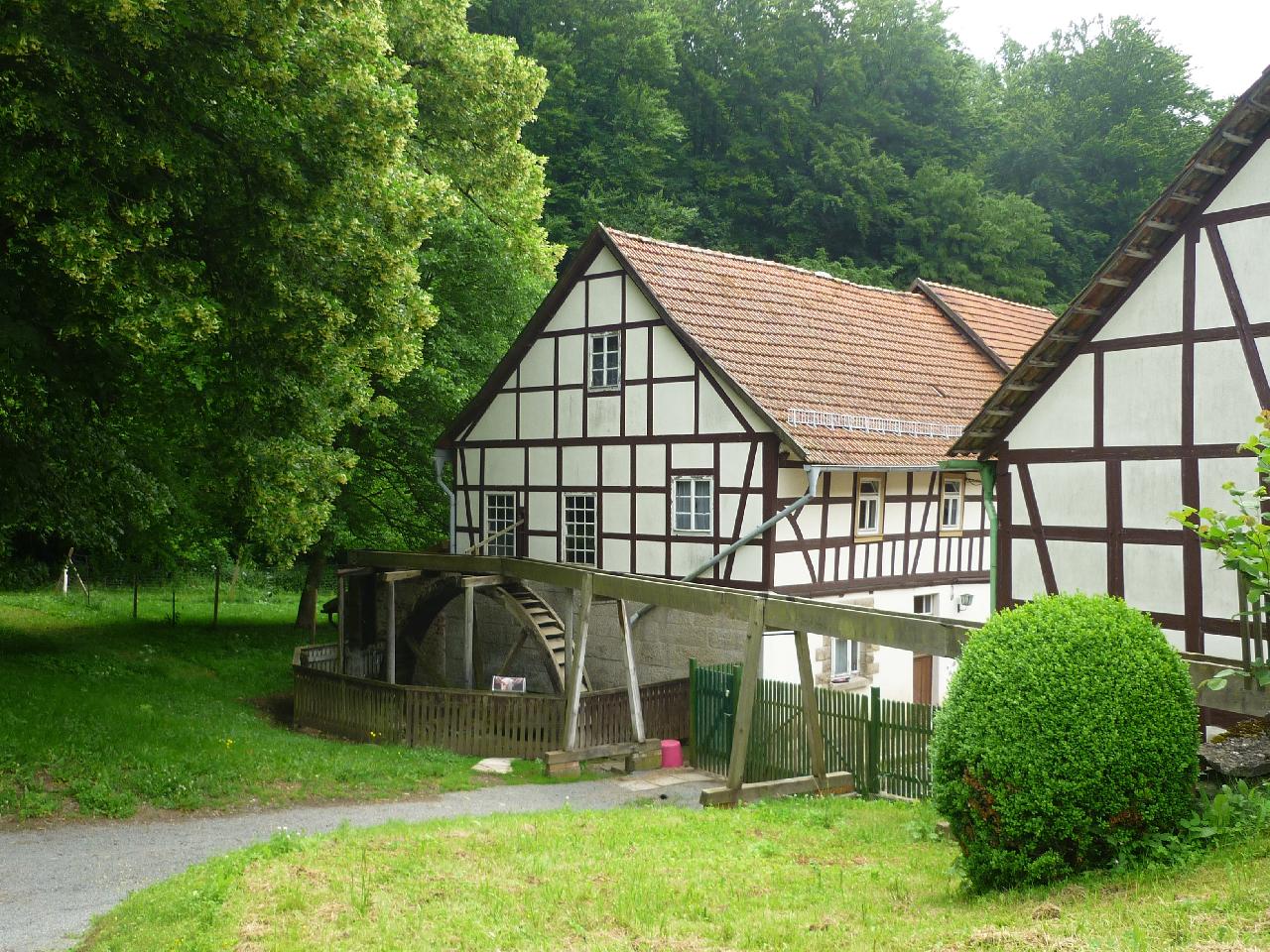Are you tired of dealing with costly utility damages and delays in your construction projects? Look no further!
In this article, we will provide you with valuable tips for effective utility mapping that can help you avoid these headaches. By utilizing advanced technology and equipment, collaborating with utility companies, and understanding the importance of accurate mapping for safety, you can ensure a smooth and successful project.
Utilizing Advanced Technology and Equipment
Get ready to explore the exciting world of utility mapping by utilizing advanced technology and equipment! When it comes to accurately mapping utilities, advanced technology and equipment play a crucial role. One of the most effective tools is ground-penetrating radar (GPR), which uses electromagnetic waves to create underground images. GPR can detect various types of utilities such as pipes, cables, and even voids in the ground. By using this technology, you can quickly locate and map utilities without the need for excavation or disruption to the area.
Another valuable piece of equipment is a high-resolution camera inspection system. This tool allows you to visually inspect underground pipelines and identify potential issues such as leaks or blockages. With its flexibility and maneuverability, you can navigate through tight spaces and capture detailed images that aid in accurate mapping. Additionally, modern software applications are available to process and analyze data collected from these advanced technologies.
These programs provide comprehensive reports, including 3D models and measurements, making it easier for utility companies and engineers to plan future projects or repairs.
By embracing advanced technology and equipment for utility mapping, you can streamline the process while improving accuracy. Ground-penetrating radar and high-resolution camera inspection systems offer invaluable insights into underground infrastructure without causing disruptions or delays. So gear up with the latest tools available in the market because when it comes to utility mapping, staying at the forefront of technology is key!
Collaborating with Utility Companies
To maximize collaboration with utility companies, you’ll need to establish clear lines of communication and foster a spirit of cooperation. This involves reaching out to the relevant utility companies in your area and initiating conversations about your mapping project. Clearly communicate your goals and expectations, as well as any specific requirements or deadlines you may have. It’s important to be open to their input and suggestions, as they have valuable knowledge about their infrastructure that can greatly enhance the accuracy of your mapping efforts.
Once you’ve established communication, it’s crucial to maintain regular contact throughout the project. This ensures that any changes or updates from the utility company are promptly incorporated into your mapping data. Additionally, consider establishing a designated point person within each utility company who can serve as the main contact for coordination and information exchange. Having a dedicated liaison makes it easier to streamline communication and resolve any issues or questions that may arise during the mapping process.
To further enhance collaboration with utility companies, consider using a shared database or platform where both parties can access and update information in real-time. This allows for seamless sharing of data, reducing the chances of miscommunication or duplication of efforts.
Regular meetings or conference calls can also be beneficial for discussing progress, addressing challenges, and ensuring everyone is on the same page.
By actively collaborating with utility companies throughout your mapping project, you can tap into their expertise while also building strong relationships based on trust and mutual benefit.
| Pros | Cons |
| Access to valuable knowledge about infrastructure | Potential delays due to coordination |
| Enhanced accuracy of mapping data | Conflicting schedules |
| Streamlined communication through designated liaisons | Resistance to sharing sensitive information |
| Real-time access to updated information | Possible differences in data formats |
| Building strong relationships based on trust | Limited availability for collaborative efforts |
Note: The table above provides an example structure for incorporating a 2 column and 5 row table into this section. Please feel free to modify the content and format to fit your specific needs.
Importance of Accurate Mapping for Safety
Ensure your safety by understanding the importance of accurate mapping. Accurate utility mapping plays a crucial role in keeping you safe from potential hazards. Here are some reasons why accurate mapping is essential for your safety:
- Avoiding accidental damage: Accurate mapping helps you identify the exact location of underground utilities, such as gas lines, water pipes, and electrical cables. This knowledge allows you to plan your construction or excavation activities accordingly and avoid accidentally damaging these vital infrastructures. By preventing accidents that could lead to leaks, explosions, or electrocution, accurate mapping ensures the safety of both yourself and others.
- Preventing service disruptions: Accurate utility mapping helps utility companies maintain their infrastructure more efficiently. When they have precise information about the location of their underground assets, they can perform maintenance work without causing unnecessary disruptions to services like electricity, water supply, or telecommunications. By minimizing service interruptions, accurate mapping contributes to a safer and more reliable utility network.
- Emergency response planning: In case of emergencies like gas leaks or pipe bursts, accurate utility mapping is invaluable for emergency responders. With up-to-date maps showing the exact locations of utilities in an area, first responders can quickly assess potential risks and take appropriate actions to mitigate them. This information enables them to respond effectively and safely during critical situations.
- Enhanced public safety awareness: Accurate utility maps also help raise public awareness about potential hazards in their vicinity. Knowing where utilities are located allows individuals to make informed decisions when planning construction projects or even simple gardening activities that involve digging into the ground. By providing this knowledge, accurate mapping promotes a culture of safety among communities.
- Ensuring regulatory compliance: Many regions have regulations in place regarding safe practices around utilities. Accurate utility mapping helps individuals and organizations comply with these regulations by ensuring that any work near underground assets is carried out with precision and caution. By following these guidelines and using accurate maps as a reference point, you contribute to overall safety and avoid any legal consequences.
Benefits of Ground-Penetrating Radar (GPR)
Discover the hidden depths beneath the surface with Ground-Penetrating Radar (GPR), revealing a whole new world of unseen structures and potential hazards. GPR is a non-destructive method that uses electromagnetic radiation to penetrate the ground and create images of what lies beneath. By emitting high-frequency radio waves into the ground, GPR can detect variations in subsurface materials, such as pipes, cables, and even underground voids. This technology provides several benefits for utility mapping.
Firstly, GPR allows for accurate detection and location of underground utilities with minimal disruption to the surface. As it doesn’t require digging or excavation, GPR significantly reduces the risk of damaging existing infrastructure during mapping activities. This not only ensures safety but also saves time and costs associated with repairs or replacements due to accidental hits on utilities. Moreover, GPR can identify potential hazards like buried tanks or abandoned structures that may pose risks during construction or development projects.
To further illustrate the advantages of GPR in utility mapping, consider the following table:
| Benefits of Ground-Penetrating Radar (GPR) |
| Accurate detection of underground utilities |
| Minimizes surface disruption during mapping activities |
| Identifies potential hazards |
Ground-Penetrating Radar (GPR) is an invaluable tool for effective utility mapping. Its ability to uncover hidden structures and potential dangers below the surface makes it essential for ensuring safety and efficiency in construction projects. By utilizing this technology, you can avoid costly mistakes caused by accidental damage to utilities while accurately locating them for future planning and development.
Increasing Efficiency and Reducing Costs
Boost your project’s productivity and save money by harnessing the power of Ground-Penetrating Radar (GPR) to increase efficiency and cut costs. GPR technology allows you to map utilities underground quickly and accurately, providing you with valuable information that can streamline your operations. Here are five ways GPR can help you achieve this:
- Reduced excavation time: With GPR, you can locate utilities without the need for extensive digging, saving you time and effort. By pinpointing the exact location of underground pipes or cables, you can avoid unnecessary excavation work, allowing your team to focus on other crucial tasks.
- Prevention of utility damage: Accidentally damaging underground utilities during construction can be costly and potentially dangerous. GPR helps prevent such incidents by identifying buried infrastructure before any excavation takes place. This proactive approach eliminates the risk of hitting pipes or wires, ensuring a smoother workflow and avoiding costly repairs.
- Accurate mapping: GPR provides detailed images of subsurface structures, allowing for accurate utility mapping. By precisely locating utilities like gas lines, water mains, or electrical cables, you can plan your project more effectively and reduce the chances of unexpected surprises or delays.
- Enhanced safety: Utilizing GPR enhances safety on job sites by minimizing potential hazards associated with excavating blindly. When you have a clear understanding of what lies beneath the surface, it becomes easier to implement necessary precautions and ensure a secure working environment for your team members.
- Cost savings in long-term maintenance: By accurately mapping utilities using GPR initially, future maintenance activities become more efficient and cost-effective. You won’t waste resources excavating areas where there are no utilities present or spend excessive funds repairing damaged infrastructure due to inaccurate mapping.
Incorporating Ground-Penetrating Radar into your utility mapping process brings numerous benefits that directly impact your project’s efficiency and budget. By utilizing this advanced technology, you’ll experience reduced excavation time, prevention of utility damage, accurate mapping, enhanced safety measures, and long-term cost savings. Embrace the power of GPR to optimize your operations and achieve successful outcomes while keeping your expenses in check.
Conclusion
In conclusion, by following these tips for effective utility mapping, you can greatly improve safety measures, increase efficiency, and reduce costs. Utilizing advanced technology and equipment allows for more accurate mapping results, ensuring that underground utilities are properly identified and located. Collaborating with utility companies is essential in obtaining up-to-date information and avoiding any potential conflicts or damages during construction projects. Ground-penetrating radar (GPR) proves to be a valuable tool in utility mapping as it provides detailed images of subsurface structures.
With accurate utility mapping, you can avoid costly mistakes such as damaging existing infrastructure or encountering unexpected obstacles during excavation. This not only saves time and resources but also ensures the safety of workers and the surrounding community. Additionally, by increasing efficiency through proper planning based on accurate maps, you can streamline operations and complete projects more quickly. This ultimately leads to cost savings as fewer resources are wasted.
In summary, investing time and effort into effective utility mapping techniques is crucial for any construction project. By utilizing advanced technology like ground-penetrating radar (GPR), collaborating with utility companies, and prioritizing accuracy, you can enhance safety measures while also increasing efficiency and reducing costs. So remember to always map it right before digging!
Discover more from Futurist Architecture
Subscribe to get the latest posts sent to your email.



